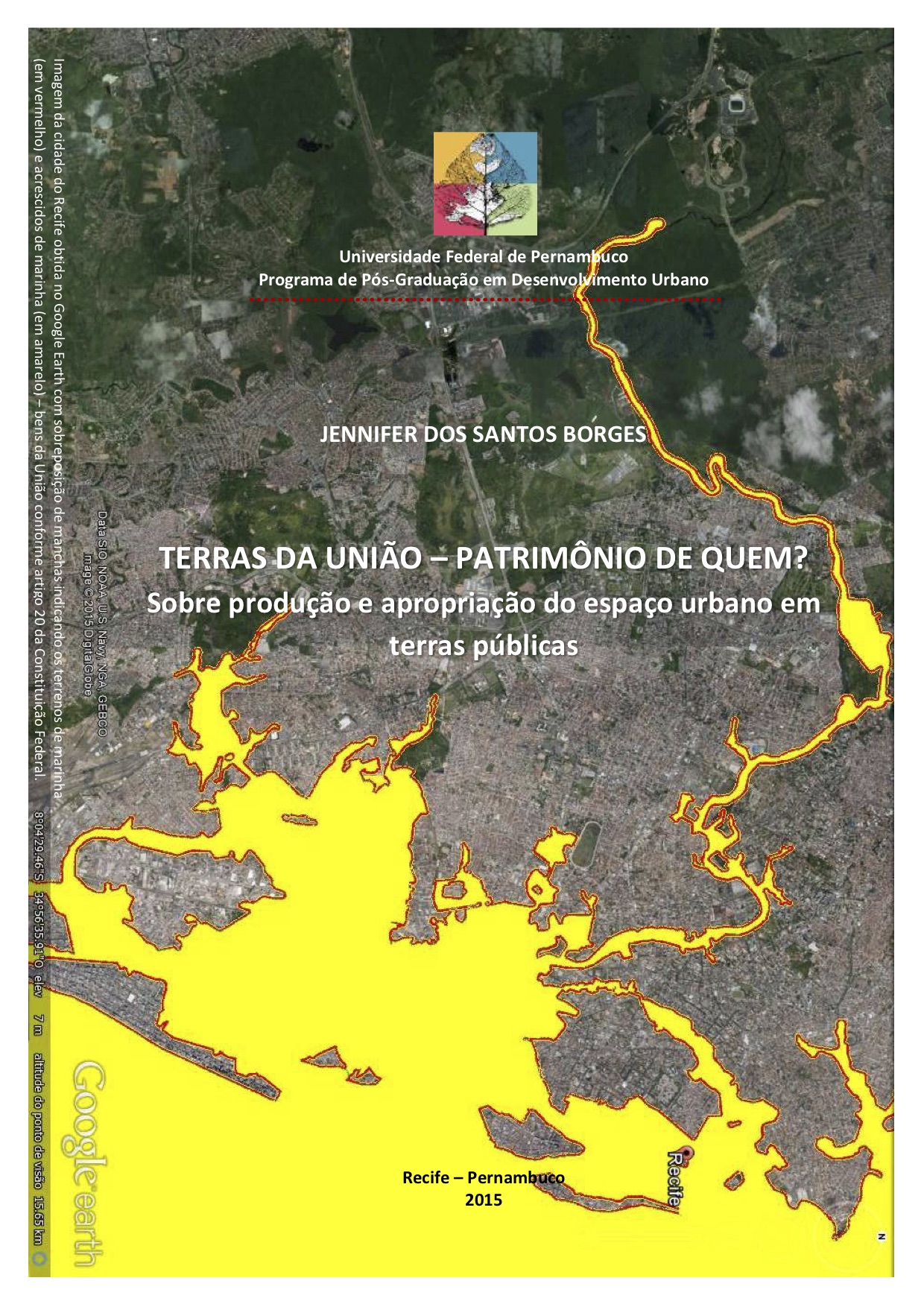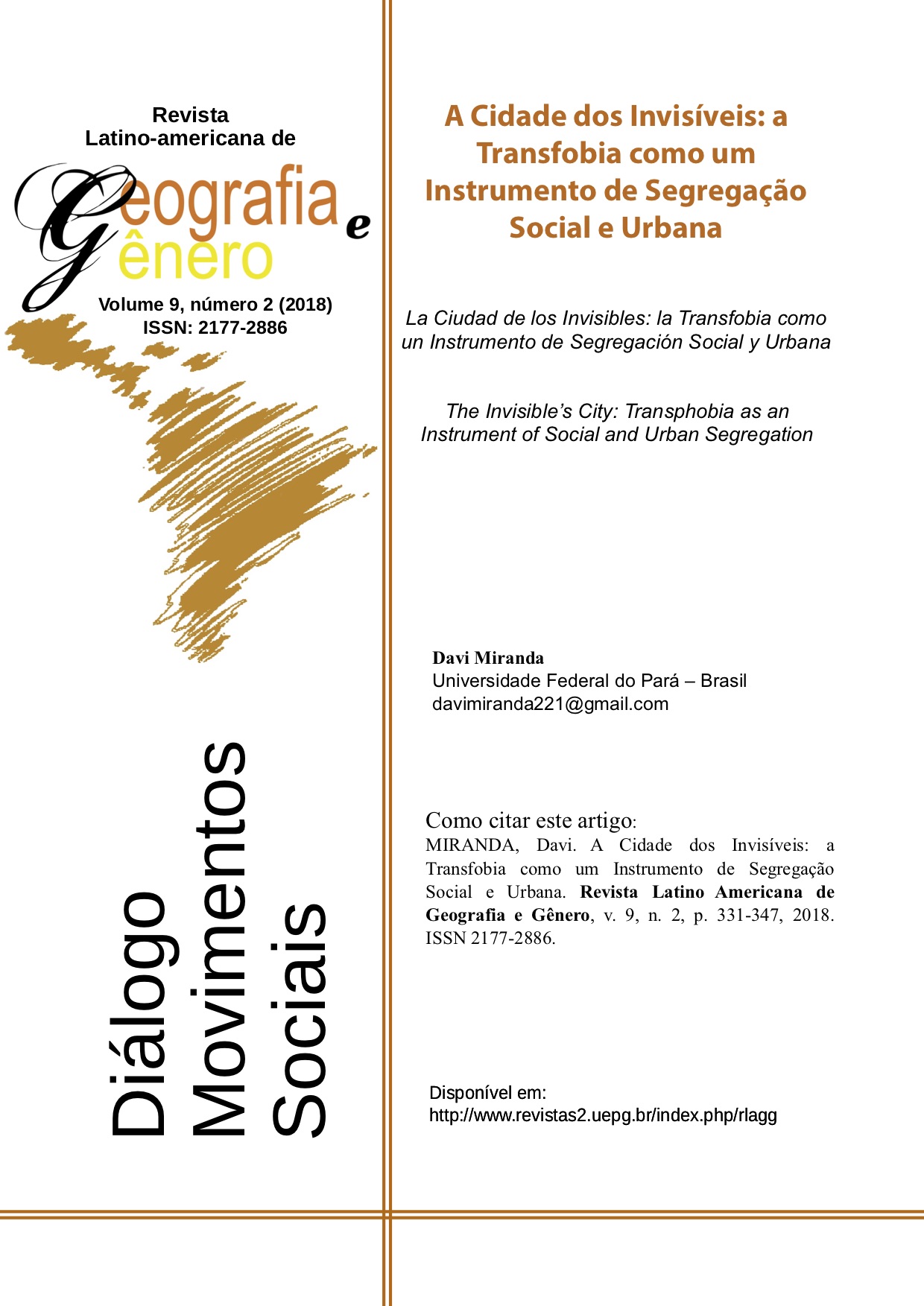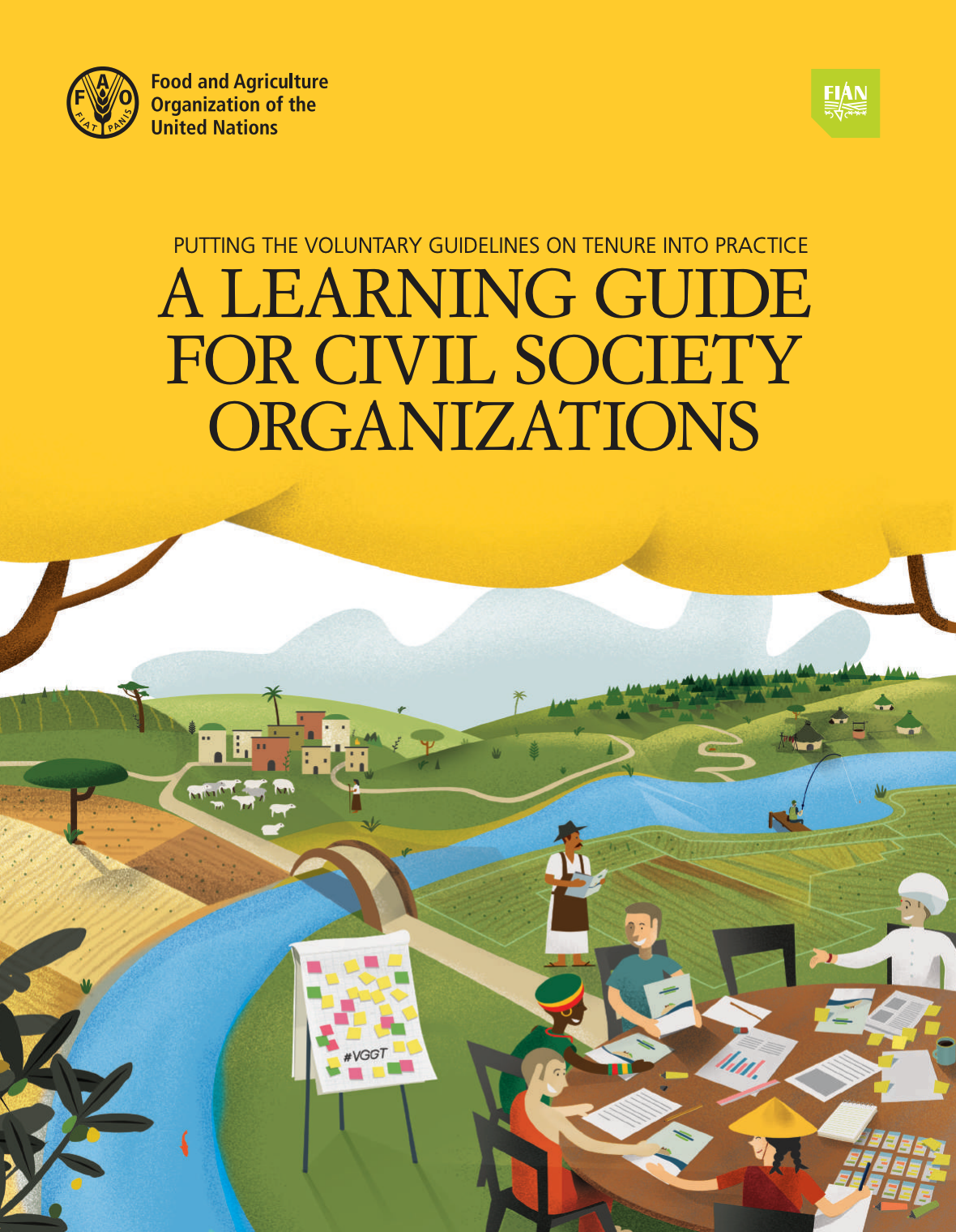Strategies to help poor people access urban land markets
This case study draws on research that examines
Basic services remain a challenge in rapidly urbanising Kenya
Kenya’s unprecedented urbanisation rate offers major opportunities, but also puts to the test the new Constitution’s declaration to make access to basic services a basic right for all Kenyans.
What opportunities? Globally, the fastest, most diversifying economic growth and service extensions often occur in urbanising countries.
Good urban infrastructure services — especially transport, water supply and sanitation, electricity and solid waste management — benefit not only cities and towns, but national economies.
A cidade dos invisíveis:
Este artigo surgiu das inquietações a respeito do que Henry Lefebvre em 1968 chamou de ‘direito à cidade’. Segundo o autor o trabalhador tem o direito de usufruir das qualidades e benefícios que a vida urbana proporciona. Apesar de válido, tal questionamento exclui as pessoas trans no que diz respeito ao direito à cidade. Compreende-se por pessoas trans o conjunto heterogêneo formado por travestis, por homens e mulheres transexuais. Ou seja, pessoas que vivenciam o gênero de maneira diversa ao que foi de socialmente imposto ao nascimento.
Land Delivery to the Urban Poor. Case study of Lux Development Project Nam/343: Realities, opportunities, possibilities, synergies
The project took place in Katima Mulilo and Rundu during 2007-11. The project consisted of 66 township extensions, and resulted in 18,500 plots developed in a period of 5 years. The project was funded by LUX Development, the cooperation agency from Luxemburg, which poured significant funds to make the project possible. One of the innovation aspects was to do the topographic and cadastral mapping in parallel with the layout and design. This was done by teams consisting of a town planner, a surveyor , and community facilitators selected by the inhabitants of the settlement in question.
Putting the Voluntary Guidelines into Practice: A Learning Guide for Civil Society Organizations
This learning guide provides civil society organizations (CSOs) with a methodology and a set of materials to undertake training on the VGGT with civil society actors from the grassroots to the national level. Trainees will learn how to apply the VGGT to actual tenure governance challenges.
Espaços de Resistência:
A long way home
This working paper by Tikvah Breimer previously of the Institute for Housing and Urban Development Studies (IHS) and Mark Napier previously of Urban LandMark, analyses the provision of core housing in Khayelitsha, Cape Town, specifically taking into account the residents' response to the state's delivery of core housing. It aims to explore to what extent the South African government's approach to providing large-scale housing addresses the relevant demands in the context of rapid urbanisation.
Assessment of Energy–Population–Urbanization Nexus with Changing Energy Industry Scenario in India
The demand for energy has been growing worldwide, especially in India partly due to the rapid population growth and urbanization of the country. To meet the ever-increasing energy requirement while maintaining an ecological balance is a challenging task. However, the energy industry-induced effect on population and urbanization has not been addressed before. Therefore, this study investigates the linkages between energy, population, and urbanization.
Feeding and housing the urban population: Environmental impacts at the peri-urban interface under different land-use scenarios
The environmental consequences of the decision to urbanise and displace peri-urban (PU) food production are not typically evaluated within a comprehensive, cross-sectoral approach. Using a novel application of life cycle assessment (LCA) within exploratory scenarios, a method for integrating housing and food production land uses in PU regions is proposed, based on relative environmental impacts.










